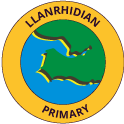Choice and Challenge!
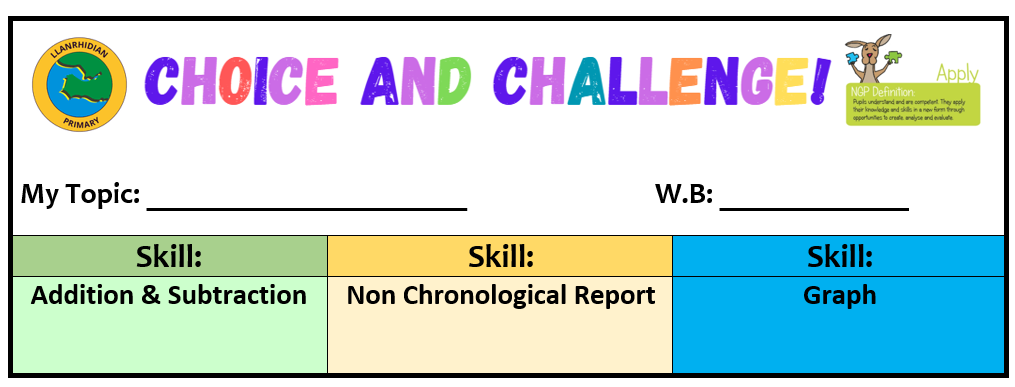
My Topic: Mary Poppins
🧮 1. Addition and Subtraction Example
Mary Poppins takes Jane and Michael on a shopping trip.
- They buy:
- 3 kites (£5 each)
- 2 umbrellas (£12 each)
- 1 magical carpet bag (£25)
Question:
How much did they spend in total?
Solution:
- Kites: 3 × £5 = £15
- Umbrellas: 2 × £12 = £24
- Carpet bag: £25
- Total = £15 + £24 + £25 = £64
Subtraction Example:
If Mary Poppins had £100, how much money does she have left?
- £100 − £64 = £36 left
📄 2. Non-Chronological Report Example

Introduction
Mary Poppins is a beloved musical story about a magical nanny who transforms the lives of the Banks family in Edwardian London. Known for its catchy songs, whimsical characters, and uplifting message, it has been adapted into films, stage shows, and now—our classroom production. Our version was designed to be humorous, locally inspired, and inclusive of all 18 pupils in the class. This report outlines the creative journey behind our adaptation, from planning and rehearsals to performance day.
Setting
We reimagined the setting of Mary Poppins to take place in a Welsh village rather than London, giving it a familiar and playful twist. The Banks family lived in a cosy cottage with a garden full of daffodils and sheep, and scenes took place in locations like the village green and a local bakery. This helped pupils connect with the story and added a layer of local humour that delighted the audience. Our backdrop was hand-painted by the children, featuring rolling hills, chimney pots, and a rainbow sky.
Characters
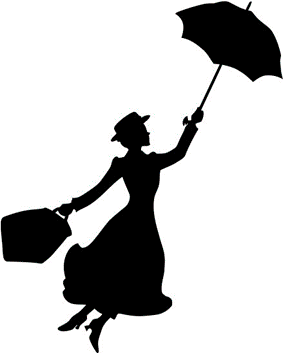
Each pupil was assigned a role that suited their personality and strengths, with some taking on dual parts to ensure everyone had a moment to shine. Mary Poppins was portrayed as a cheerful and firm figure who arrived with a gust of wind and a carpet bag full of surprises. Bert, the chimney sweep, became a storyteller and guide, helping the children navigate magical adventures. Supporting characters included talking animals, dancing villagers, and even a singing sheep, all created through improvisation and pupil-led ideas.
Plot
Our version of the story followed Mary Poppins as she arrived to help the Banks children rediscover joy, imagination, and kindness. Key scenes included a magical tea party in the clouds, a chaotic day at the village fair, and a heartfelt moment where the family learned to appreciate one another. We added original dialogue and songs written by the pupils, blending classic moments with new twists. The plot was presented in a non-linear format, with flashbacks and dream sequences to keep the audience engaged.
Costumes and Props
Costumes were created using a mix of donated clothes, craft materials, and recycled items. Mary Poppins wore a hat decorated with wildflowers and carried a handmade umbrella with glittering stars. Bert’s costume included soot-smudged overalls and a colourful scarf, while the Banks children wore vintage-style outfits with modern touches. Props included magical objects like a bottomless carpet bag, floating teacups, and a kite that actually flew across the stage thanks to clever string work.
Audience Reaction
The audience responded with laughter, applause, and even a few tears during the more touching scenes. Parents and staff praised the creativity, teamwork, and confidence shown by the pupils. Many commented on how the local references and original songs made the production feel fresh and personal. The performance was a joyful celebration of imagination and collaboration, and it left a lasting impression on everyone who attended.
Conclusion
Our Mary Poppins production was a wonderful success, combining storytelling, music, and humour in a way that reflected the spirit of our school. Pupils developed skills in drama, design, and teamwork while having fun and expressing themselves. The local twist made the story more relatable and gave it a unique charm. We are already excited to begin planning our next creative adventure!
📊 3. Graph Example
I surveyed the class about their favourite Mary Poppins song.
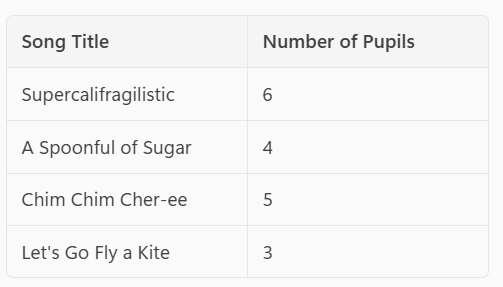
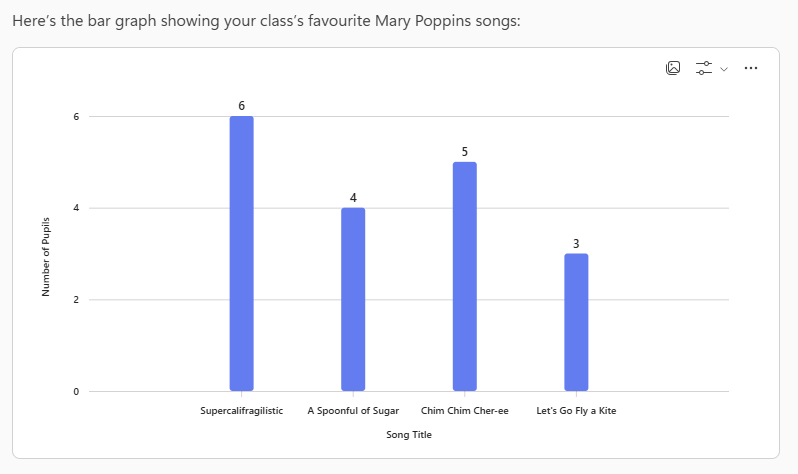
- Week 1: Engagement starts at 6 as pupils begin planning.
- Week 2: Rises to 7 with costume and prop ideas.
- Week 3: Climbs to 8 during early rehearsals.
- Week 4: Peaks at 9 as pupils gain confidence.
- Week 5: Maintains high engagement at 9 during dress rehearsals.
- Week 6: Reaches 10 on performance week.










